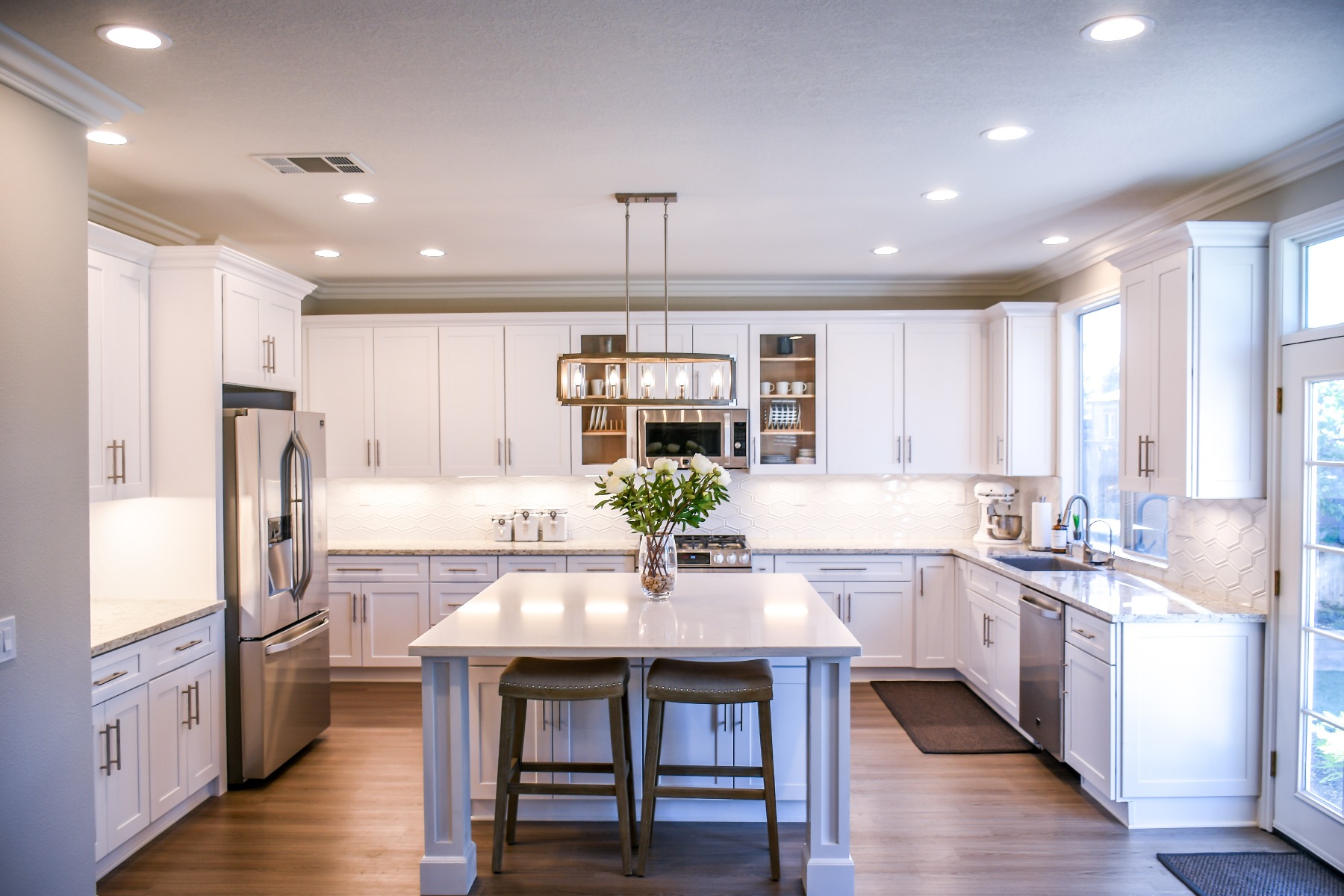5 Advantages of MDF Mouldings

Likely, all your home's architraves, skirting boards, window sills, and even cabinets, are made of MDF! You may have known this for ages, more so if you are a DIY-reno kind of folk. But still, are you aware of the advantages of MDF mouldings and its properties?
In this quick guide, you'll find useful information about MDF -Medium-Density Fibreboard-, and the benefits of using it for your mouldings! When planning to change those old rotten window sills, or removing your outdated skirting boards, it can be handy to muster the essentials of this widely used material.
What Are MDF Mouldings?
MDF stands for Medium-Density Fiberboard. It's a product derivated from wood, and the end result are panels used for all sorts of mouldings and furniture-making!
Some of the processes involved in creating these sheets that resemble wood are wood chipping -from softwood and hardwood residues-, chip washing, defibration, mat-forming, compression, hot pressing, cooling, and finishing.
In general lines, chipped wood is turned into fibres and then combined with synthetic -or organic- resins to keep them together, finally being compressed into forming the sheets of MDF we are all familiar with.
To recognise an MDF moulding, just take a closer look and check:
- Is the surface perfectly flat?
- Can you see tiny fibres -almost like dots- blended together?
- Does it look uniform?
Then, voilá! You've come across a piece of MDF.
Though MDF is pretty much the industry standard nowadays for mouldings, it can be also found in cabinets, all sorts of furniture, and even floors!
What Are the Main Different Types of MDF?
There are many different types of MDF going around. At a glance, these basically differ from each other because of their density, type of resins used to keep the fibres together, and also by the levels of heat used during the manufacturing process.
The most common kinds of MDF are particle boards, fibre boards, and laminated boards.
Particle boards are made from wood waste, sawdust and shavings -it's actually a form of recycling- and it's typically used for furniture. Some consider particle boards not to be MDF, so as you can see, there are various ways to categorize these.
The main difference relies on the fact that fibre boards are processed using organic fibres from sugarcane, and bound together with vegetable starch.
Finally, laminated boards are simply narrower fibre boards glued together that result in a harder, denser end product.
What is MDF Mainly Used for?
MDF is widely used for all sorts of mouldings as each specific kind of MDF allows all sorts of design features. Going back to the different types of MDF, another way to categorize this material is by its uses or characteristics.
For example, at The Skirting Board Shop, we use Moisture Resistant MDF. This type of MDF is ideal for environments that need to put up with moist and damp like bathrooms and kitchens. A great solution for skirting boards, window sills, and architraves.
On the other hand, Bendy MDF panels can curve and bend, hence are used by designer's and architects to create mostly 'statement pieces'. Lastly, let's mention the Fire Retardant MDF used in commercial and residential buildings to comply with safety regulations, and the Ultralite MDF, used for sets that usually need to be moved like mobile homes, and booths. Even though this type of MDF is particularly light, it's highly durable and resistant.
5 Advantages of MDF Mouldings
Now that you know the basics of Medium-Density Fibreboard as a material, let's take a look at the specific advantages of MDF mouldings!
1. MDF Mouldings Are Affordable
Architraves, window sills and skirting boards are items present in every single house as they serve many different purposes. So obviously, the affordability of MDF is a huge advantage when it comes to renovating or building a new home.
2. Easy to Paint
MDF smooth surface makes it very easy to paint! However, make sure you are getting primed MDF mouldings -otherwise, you could damage the surface. What's more, a white primed moulding will enhance every type of colour you choose.
3. MDF Mouldings Provide a Smooth and Uniform Surface
But still can look like wood! This is one of our favourite advantages of MDF mouldings as these are so versatile. If you wanted to give your mouldings a wood-like look, you could simply get a veneered finishing, or just go DIY and learn the right painting technique.
4. Durable and Weather Resistant
MDF mouldings offer a combination of flexibility and durability. This means that your skirting boards would easily cope with the natural effects of weather on your house without shrinking, expanding, bending or warping.
5. MDF Mouldings Are Easy to Handle and Install
Where wood mouldings would be just for the expert DIY-enthusiast, MDF is a great material for the beginner! Easy to install, handle, drill, and fix, it's an excellent way to skip feeling intimidated by the task at hand!
If you want to learn more about the advantages of MDF mouldings or need expert advice to choose the perfect fit for your house, just get in touch with The Skirting Board Shop team calling 0800 048 0786, or send us an email -[email protected].
 0800 048 0786 Monday - Friday, 8:30am to 4pm
0800 048 0786 Monday - Friday, 8:30am to 4pm
